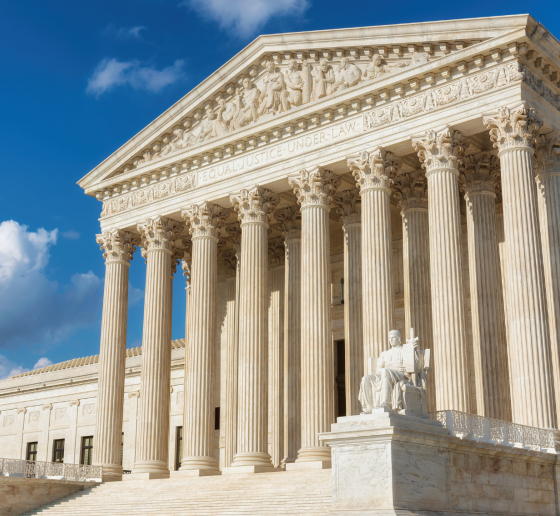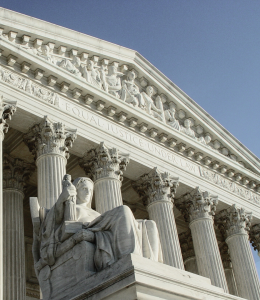Columbia Law Experts on 2025 Supreme Court Rulings
Law School faculty and legal experts break down the high court’s decisions from the recent term.

As the U.S. Supreme Court ruled on questions ranging from the extent of executive powers to the scope of the 14th Amendment’s Equal Protection Clause, Columbia Law experts shared context and insights into the court’s decisions. Explore a selection of articles featuring Law School faculty and scholars.
Read more examples of Columbia Law School faculty commentary on the U.S. Supreme Court and its cases.

